
About This Quiz
We've all been there. It starts with a light that keeps going out, or a ceiling fan you decide you want to install yourself instead of paying an electrician $300 to put up. The fan came with directions - no problem. Four hours and $500 later you've outfitted yourself as a professional electrician from the local Home Depot. So, what happens now? Well, if you haven't collapsed your ceiling or accidentally killed every power source in the house you are lucky. It's time to call the electrician.Â
Whether you are a certified electrician or a home DIYer, you need the right tools for the job. What does a wire crimper look like? And, what kind of saw do you use to get to that part of the wall you need to access without taking down the entire wall. When people think of electricians, they often think an electrical panel and a few wires. But, what really goes on behind the scenes? The modern electrician is also a carpenter, and often times a plumber. So, you need to have the tools at hand to be ready for any type of project.Â
Do you have those tools? Do you even know what those tools look like? From a stud finder to a level, it's time to see if you can identify these tools from an image. We know you're a pro, so flip the switch on this quiz and see how well you do.Â
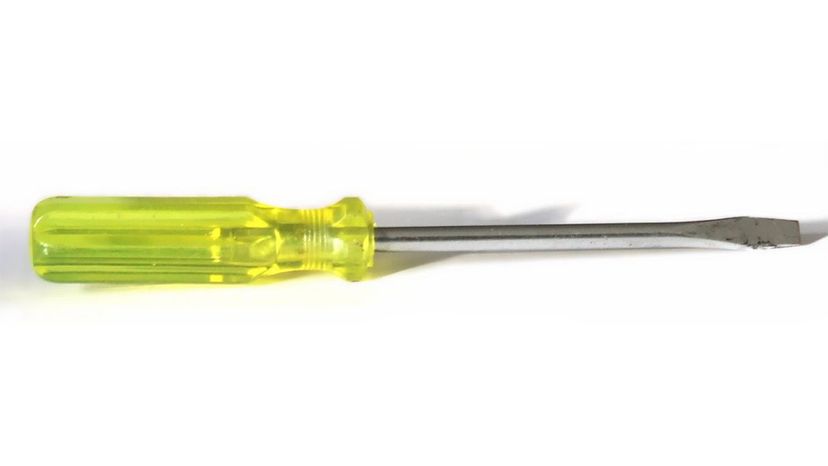
A flathead screwdriver is a must-have in any trade. It's necessary for removing or replacing old flat-head screws, and can also be used for other jobs, like prying a lid off a can or jar. Electricians need screwdrivers in a variety of sizes for different fasteners.

Metal conduit keeps wire protected within walls, ceilings and other installations. Unfortunately, these rigid pipes can be difficult to fit into tight spaces, especially during renovation projects. A conduit bender puts a curve into these metal pipes so you can make them fit where you want to.
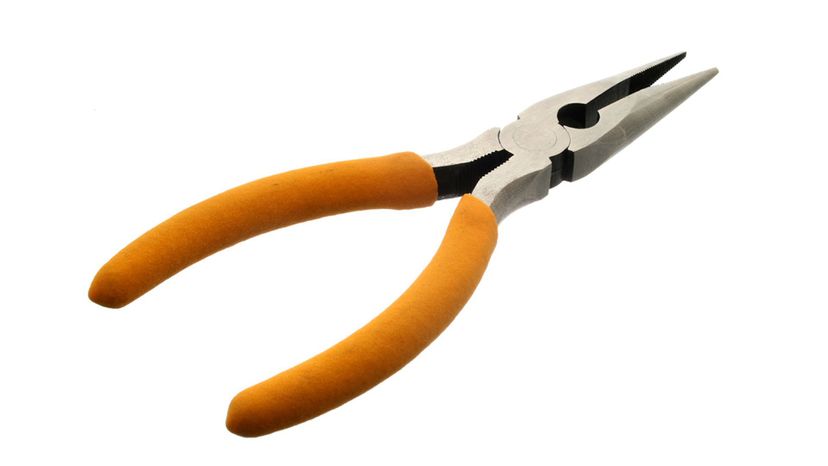
Let's face it -- electrical work often involves handling small wires and tiny fasteners. Needle nose pliers make it easy to hold onto these small objects while you work, and are perfect for reaching into tight spaces where your fingers just won't fit.
Advertisement
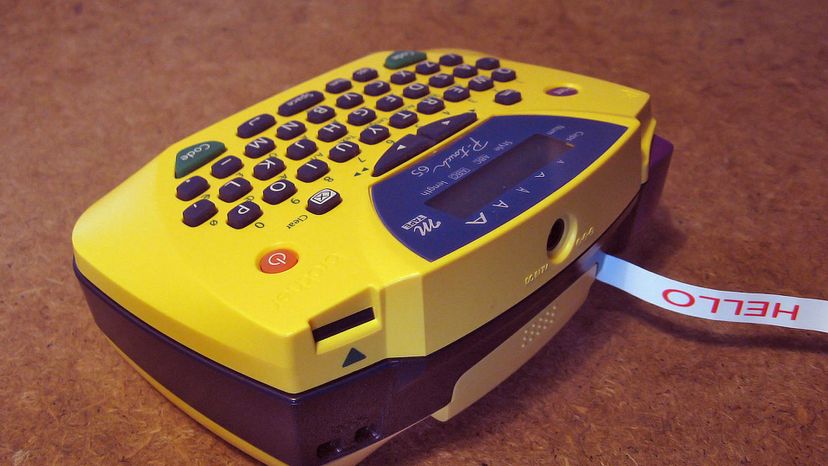
Have you ever opened an electrical panel and seen a bunch of blank labels next to the various breakers? Wiring can quickly become a huge confusing mess without labels, which are placed everywhere from junction boxes to conduits to panels. A label maker makes this an easy and neat job and makes things much easier for anyone who comes along in the future to access the electrical system.
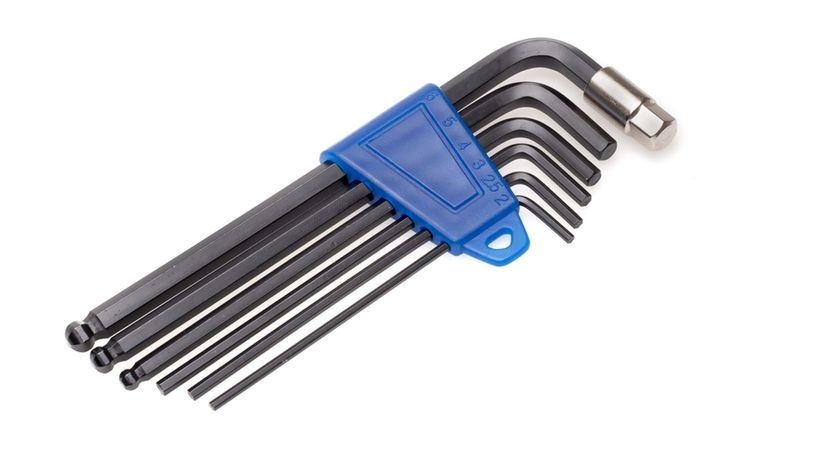
Allen wrenches, or hex keys, have hexagonal ends to insert and remove specialty screws with ease. These keys come in sets so you'll always have the size you need for the job.

Wire strippers remove insulation without damaging wire. Sure, you could scrape the insulation of with your knife, but you're much more likely to nick the wire -- or your finger.
Advertisement
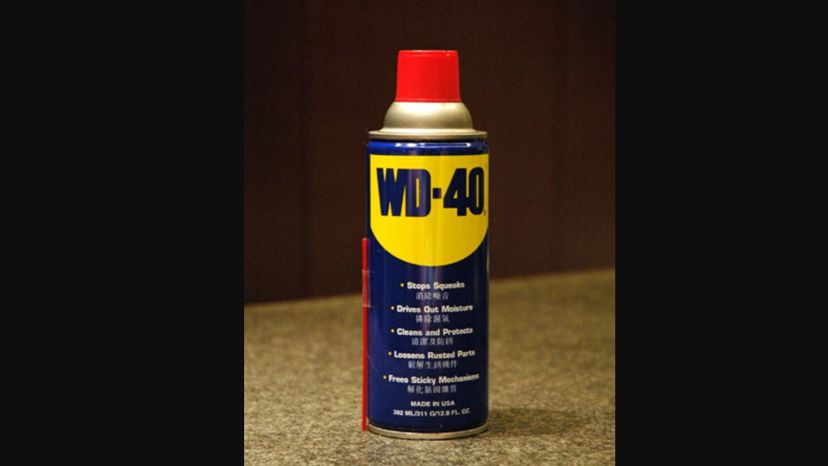
Pulling wires through conduit isn't always easy. Applying a bit of cable lube to the head of the wires before passing them through the conduit makes the job much easier, and helps prevent snags and blockages.
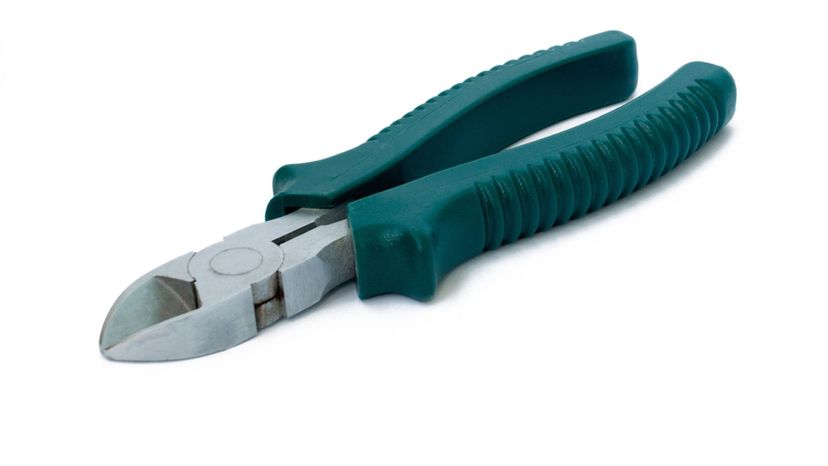
Side-cutting pliers have angled cutting edges that form a V-shape. They are primarily used to cut wire. Electricians should invest in insulated models to reduce the risk of electric shock while working.
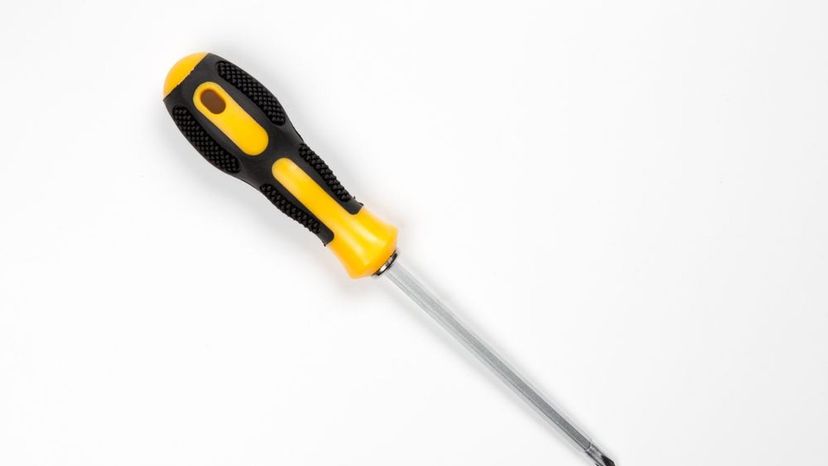
While flathead screws were commonly used several decades ago, most screws used today have a cross-shaped head, known as a Phillips head. To remove or install these screws, you'll need a set of Phillips head screwdrivers. Look for magnetic ones that help prevent dropped screws, and consider tools with insulted handles to reduce the risk of shock.
Advertisement

The rule of measure twice, cut once holds true for electricians as much as it does for carpenters. Use your measuring tape to install outlets, receptacles and switches at the proper height, and to align fixtures and other devices.

When you're installing conduit in an existing building, there will come a point where you have to pass the conduit through a piece of wood or drywall. In these instances, a hole saw creates a clean and neat hole for the conduit without damaging the surrounding surface.
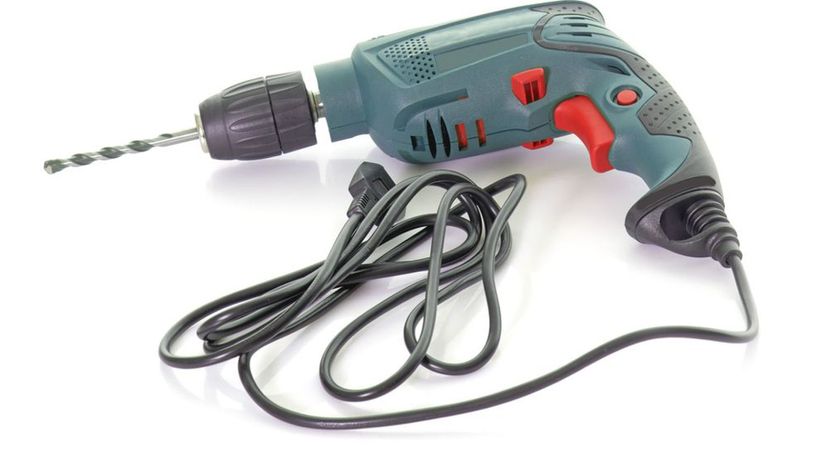
A drill is a must-have for any person working in the trades. Electricians use drills to quickly install screws in light fixtures, junction boxes, outlets and receptacles.
Advertisement

Electricians may have to run wire through walls, attics, ceilings or conduit. A fishing pole is a fiberglass pole with a hook at the end that makes this job much easier because it's much more rigid and easy to work with than the wire itself.
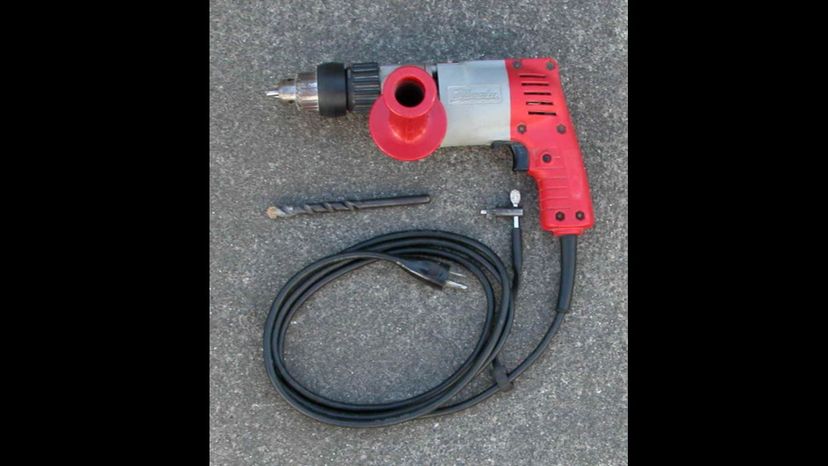
When you're fastening objects to concrete or masonry, a regular drill just won't do. For these jobs, you'll need a hammer drill, which combines a hammering impact with a standard drill mechanism to easily attach things to tough materials.
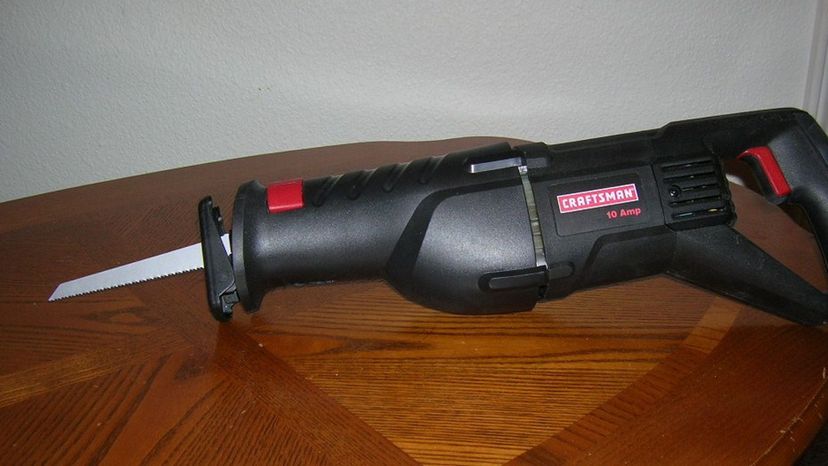
A reciprocating saw, also known as a Sawzall after one popular brand, is ideal for cutting into drywall or performing basic demo work. Electricians would use this tool to cut openings for outlets and other electrical devices in walls and ceilings.
Advertisement
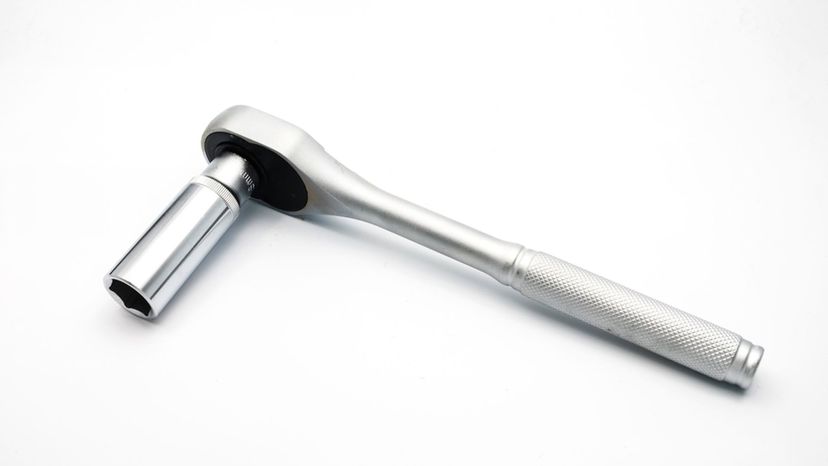
A socket wrench can be used to remove and install nuts and bolts. Thanks to its ratcheting action, it's quick and easy to use, and you don't have to keep moving and adjusting the wrench as you work on the nut or bolt.
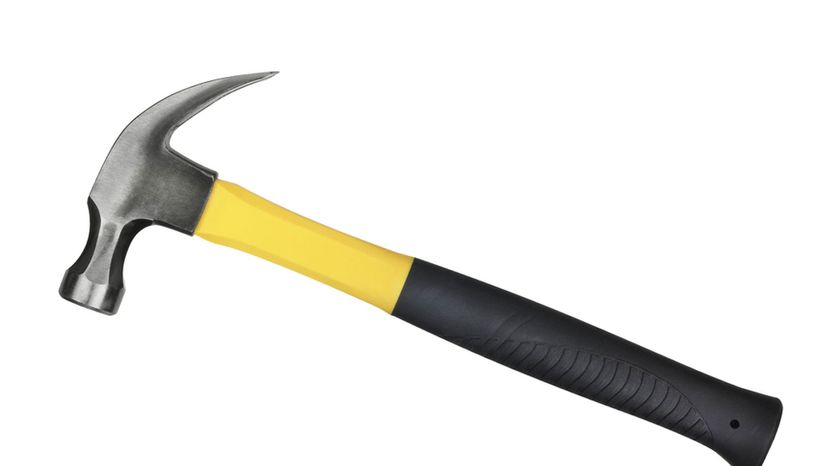
A claw hammer offers simple utility, and can be used for prying, removing nails and hammering nails in place -- such as fastening a junction box to wood-framed walls.

A stubby screwdriver might look silly, but it can save the day when you're working in tight spaces. It's the perfect tool for tightening and loosening screws anywhere that a standard screwdriver or drill just won't fit.
Advertisement
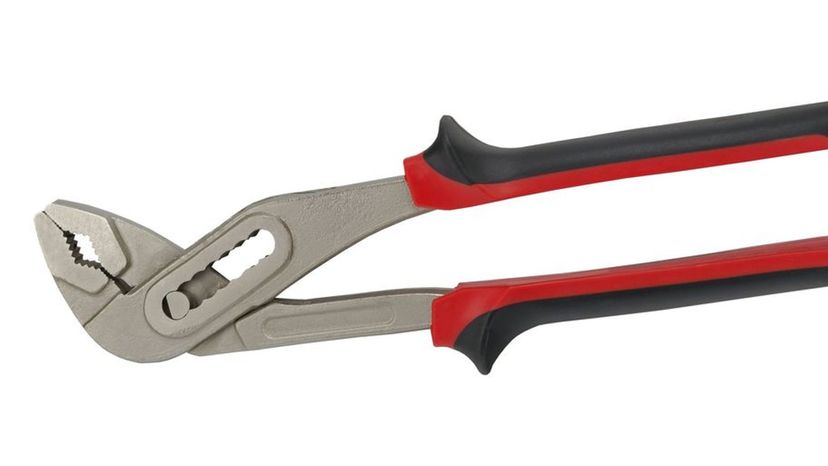
Also known as slip-joint pliers, channel locks are wrenches with adjustable, angled jaws. One jaw contains a track, allowing the other jaw to lock into place. This tool is useful for tightening or removing nuts and bolts in a variety of sizes.
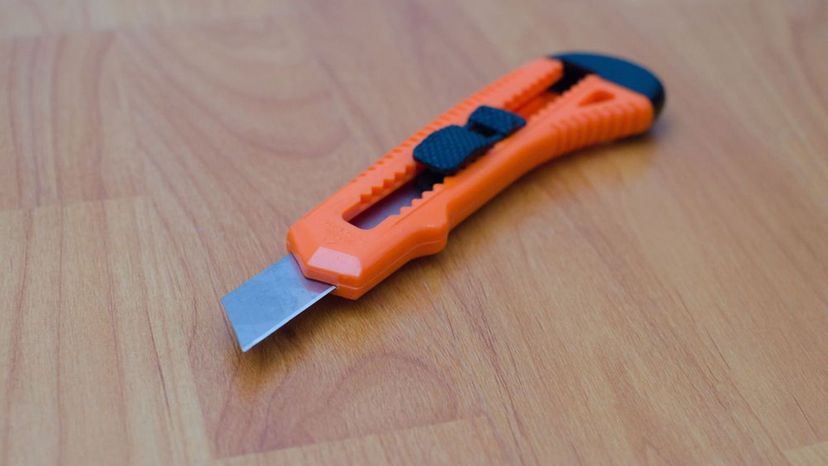
A utility knife is a jack-of-all-trades tool on any jobsite. It can be used to scrape insulation or strip wire in a pinch, scrape away old paint or caulk, or even open tough packages.
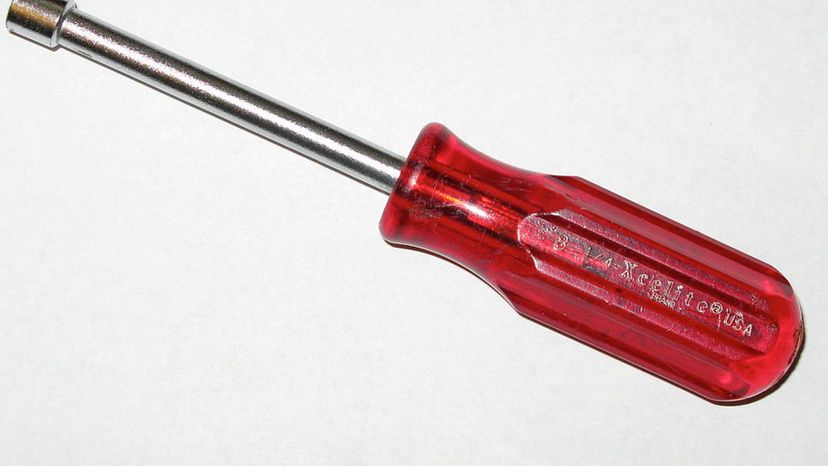
A nut driver works just like a screwdriver, but it has a head designed to wrap around a nut rather than grasp a screw. These tools are perfect for low-torque applications where power tools might not be appropriate.
Advertisement
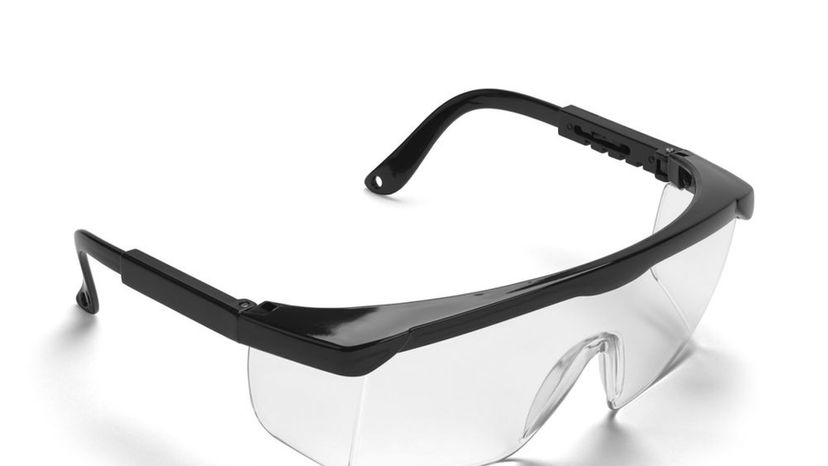
Anytime you're tempted to not wear your safety glasses on the jobsite, take a quick moment to google images of construction site eye injuries. The picture might turn your stomach, but they also might convince you that wearing safety glasses is an absolute necessity on the job.
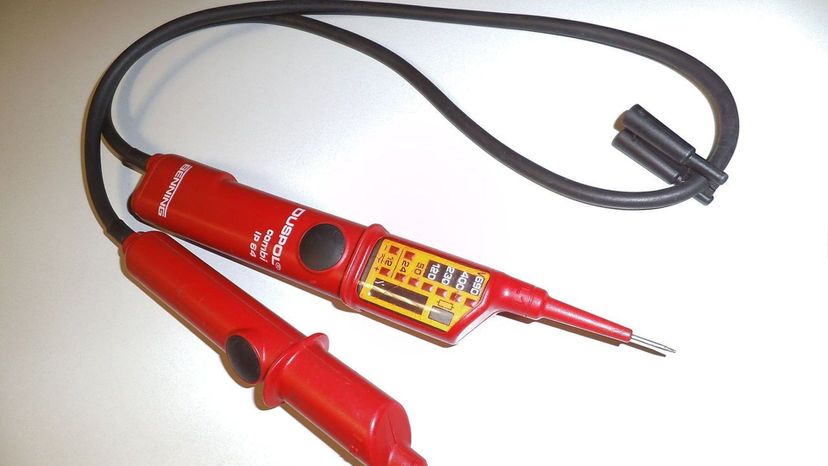
Not sure if a receptacle or other device is "hot" or not? The very best way to find out is one that involves avoiding contact with the device using a tick tester. This tool looks like a simple pen, but it's really a non-contact voltage detector in disguise.

A hard hat is a no-brainer on the jobsite, especially for electricians, who are often working in tight ceiling spaces. Of course, any spot on a construction site could be a hazard thanks to falling objects or other potential disasters.
Advertisement
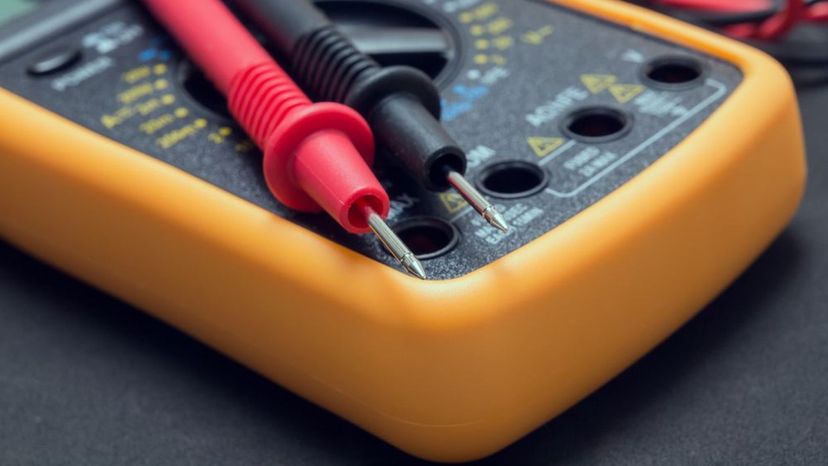
A multimeter is an all-in-one tool that is an absolute must for any electrician. The device measures current, voltage and electric resistance, and may also be know as a voltmeter.
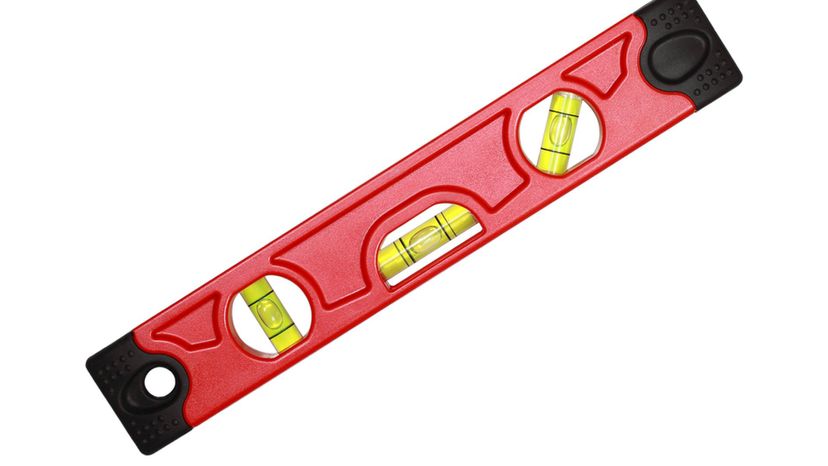
Levels are useful for every tradesman, but many electricians focus specifically on torpedo levels, which are small enough to fit in a standard tool belt. A level ensures receptacle and switch plates are placed level on the wall.
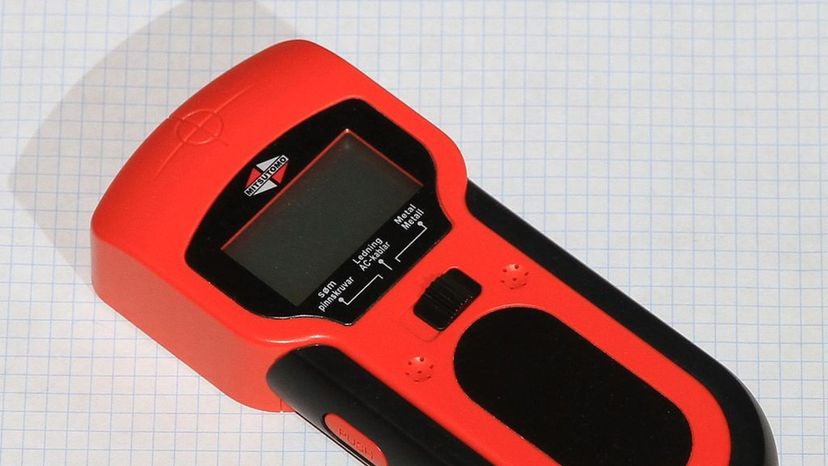
A stud finder is a surprisingly simple device that detects the locations of wall studs -- even those concealed behind drywall. Electricians can use this tool when hanging light fixtures, panel boxes and other devices.
Advertisement
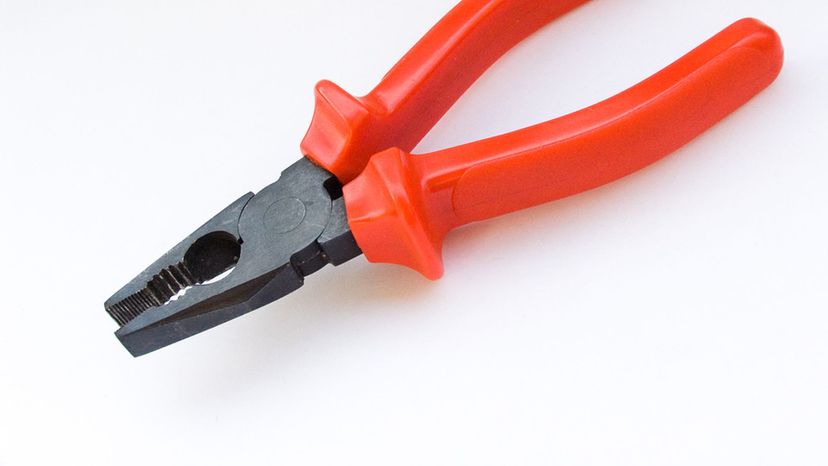
Linesman pliers are a standard tool for electricians. These hand tools are used to grip, bend, cut, twist and otherwise manipulate wire. They can also be used to strip insulation in a pinch.
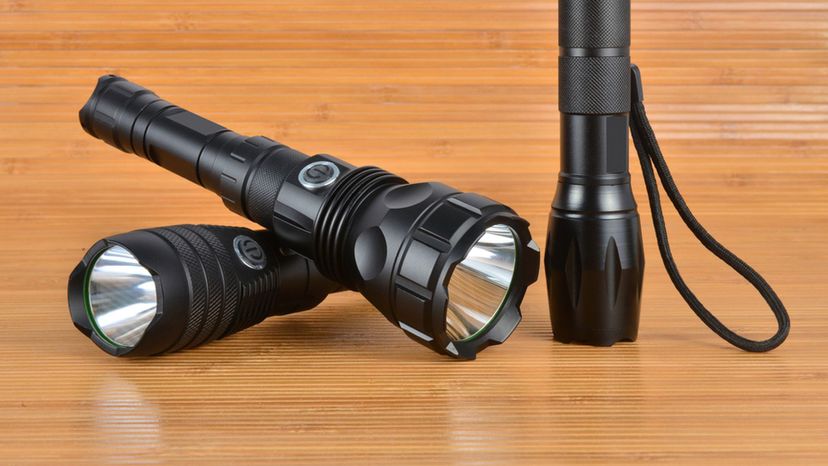
Electricians are often called in to fix things when the lights go out -- or before power is even installed. On these projects, you'll need a flashlight or other light source so you can get the job done. To keep your hands free for work, a headlamp is also a good buy for many electricians.

Electrical tape is different from other types of tape in that it can be used for insulation. Generally, black tape is used for insulation only, while other colors indicate various voltages and phases.
Advertisement
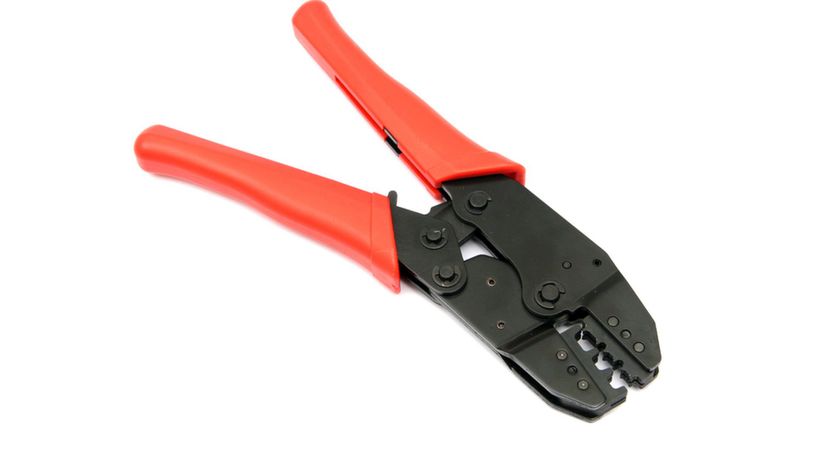
Wire crimpers are the traditional tool used to permanently join two wires. While wire nuts have replaced crimping in many applications, a good pair of crimpers belongs in every electrical tool bag.
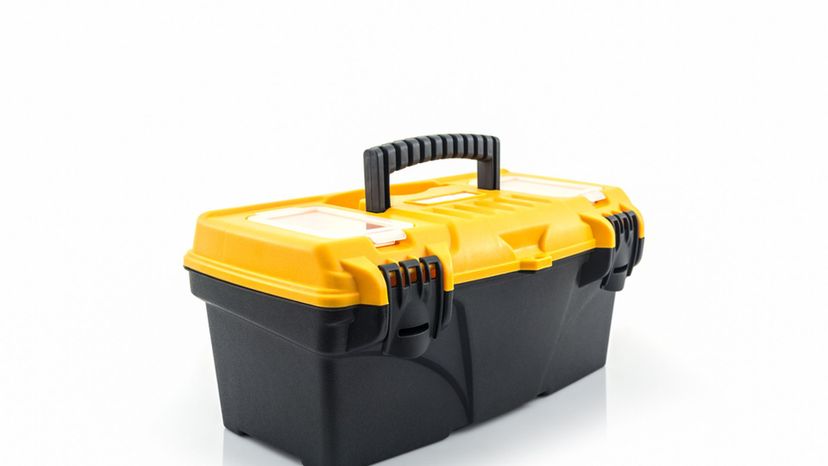
Nothing looks more unprofessional than an electrician who shows up without the right tools for the job. This means investing in a quality tool box as well as a tool belt to keep the items you need close at hand as you work.
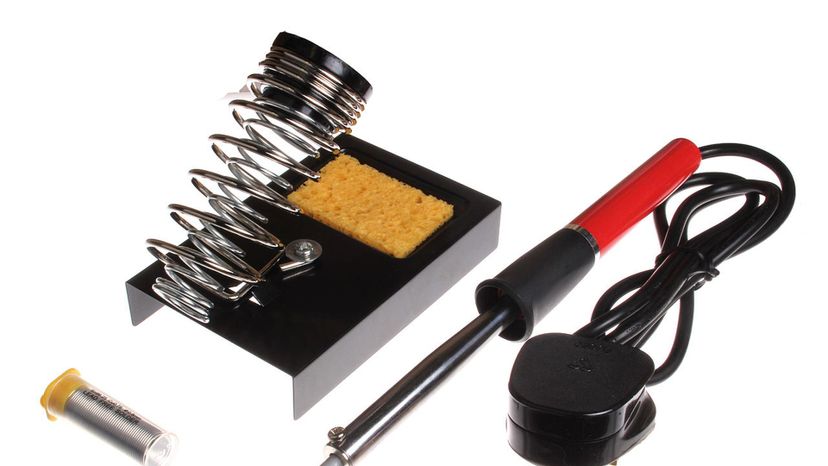
A soldering iron is a heating tool that allows you to join multiple wires with a material called solder. While wire nuts are often used to join wires, some prefer to stick with the old-school method of wire joining using a soldering iron.
Advertisement
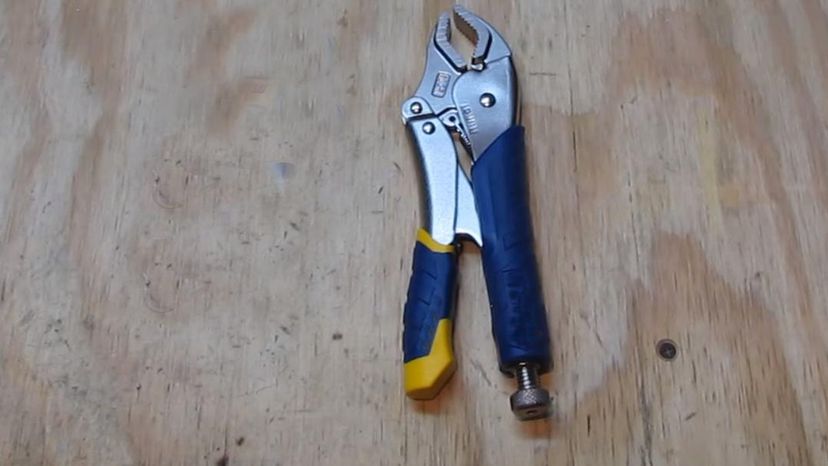
A vise grip locks to a table or other flat surface. It can be used to hold conduit or other objects while you work. Vise grips serve as an extra hand when you need one on the jobsite.

A chalk line is a simple device that consists of a roll of string coated in chalk. When stretched out and snapped, it leaves behind a removable line to serve as a guide during installation. Chalk lines are useful for laying out receptacles, outlets and fixtures in even rows.
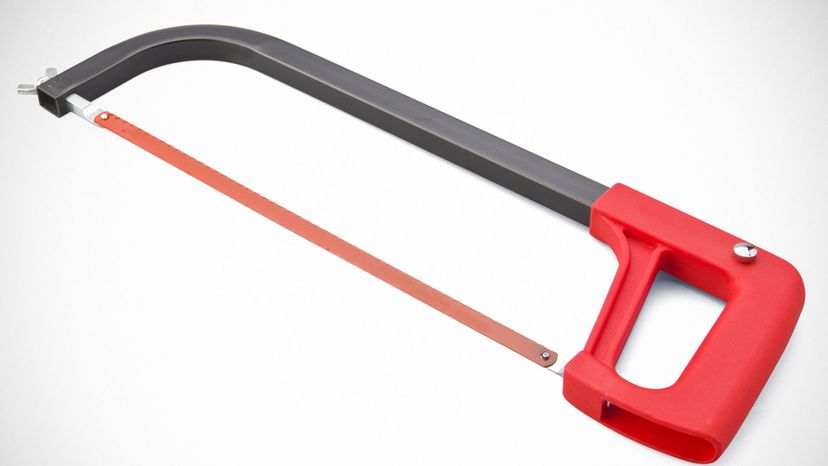
A simple hacksaw belongs in every electrical tool box. This saw can be used to cut conduit and cable strut, plus countless other things you might run into while working.
Advertisement
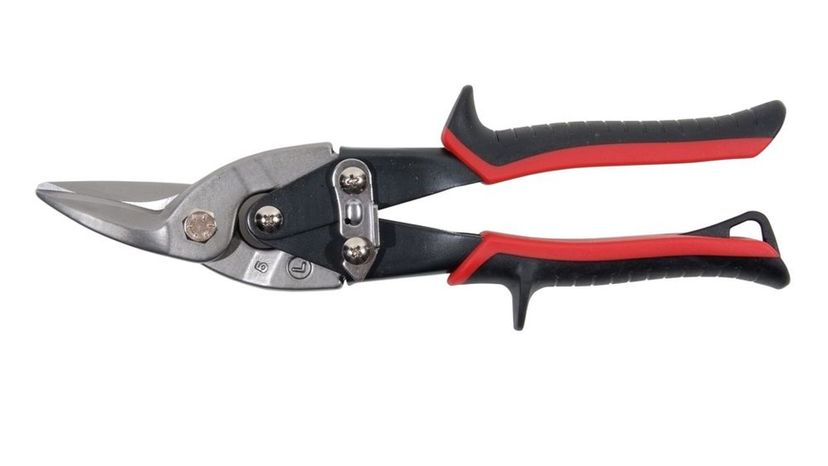
Tin snips might not be the most commonly used tool for electricians, but they can come in handy at times. They are an ideal tool for snipping sheet metal, such as air handlers or ducts, as well as metal studs and track.
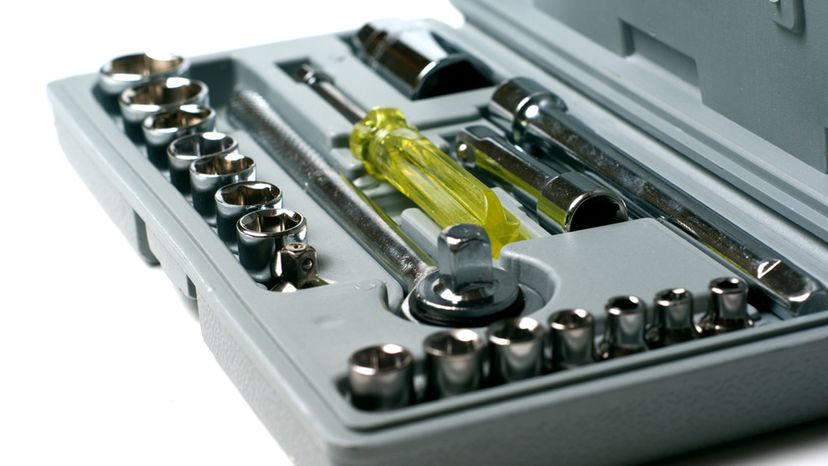
A socket set goes hand in hand with a socket wrench. It consists of a variety of socket attachments to accommodate nuts and bolts of various sizes.
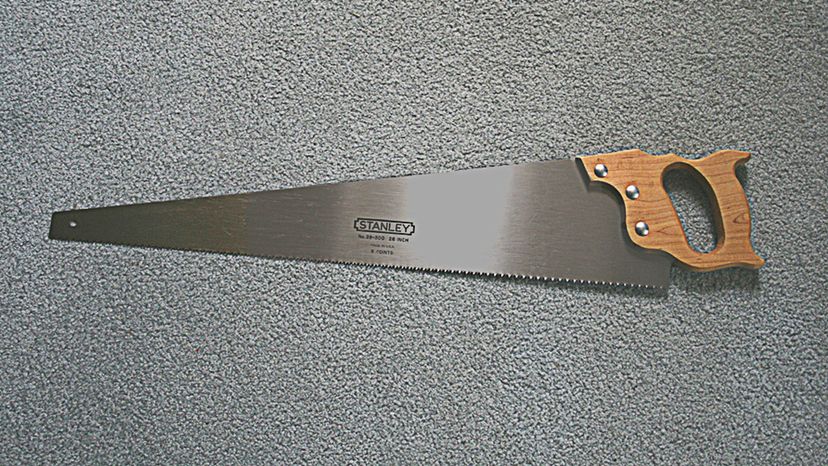
When you use a standard handsaw, you're likely working with a crosscut saw. These rough-cutting tools are perfect for cutting wood against the grain -- like chopping off the end of a piece of lumber, or cutting down a small tree.
Advertisement

A circular saw is the perfect power tool for cuts where a hacksaw or handsaw just won't do. Circular saws are generally used for rough cuts, where little finesse or precision is required.
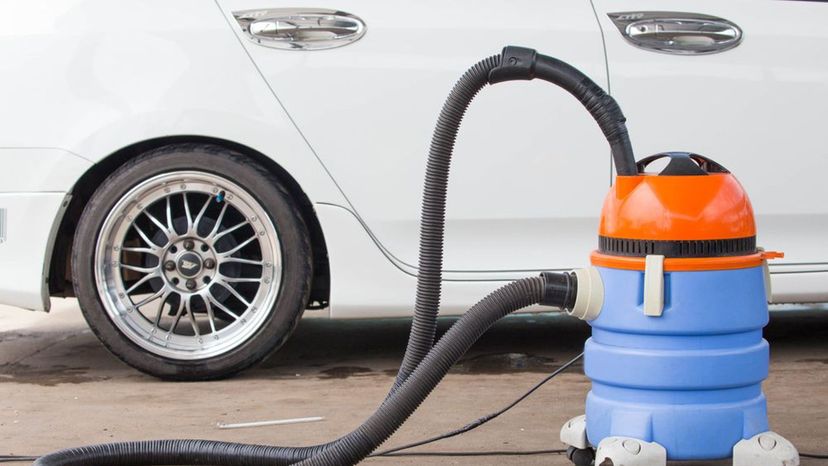
A handyman who leaves the project site messy won't get many repeat customers. Take a simple shop vac along to clean up after yourself every time, removing sawdust, screws and any other waste you created as you worked.
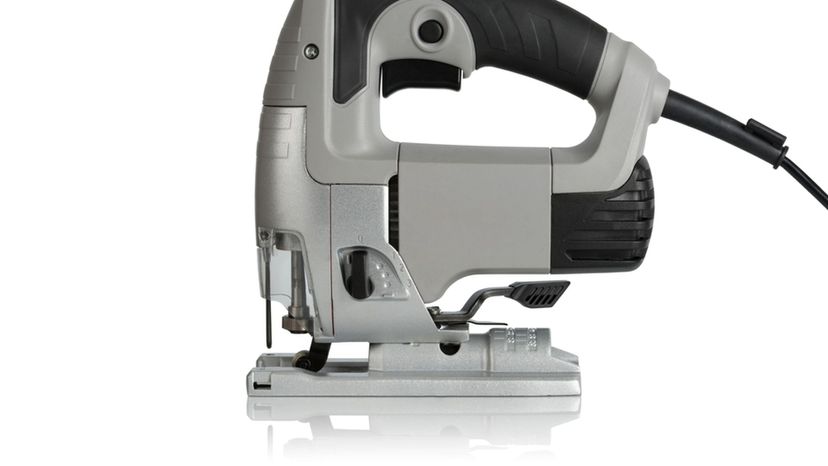
A jig saw has a blade similar to that used on a reciprocating saw. It's designed to be used on a wide variety of materials, and to create curves, bevels and finer cuts than many other types of saws.
Advertisement
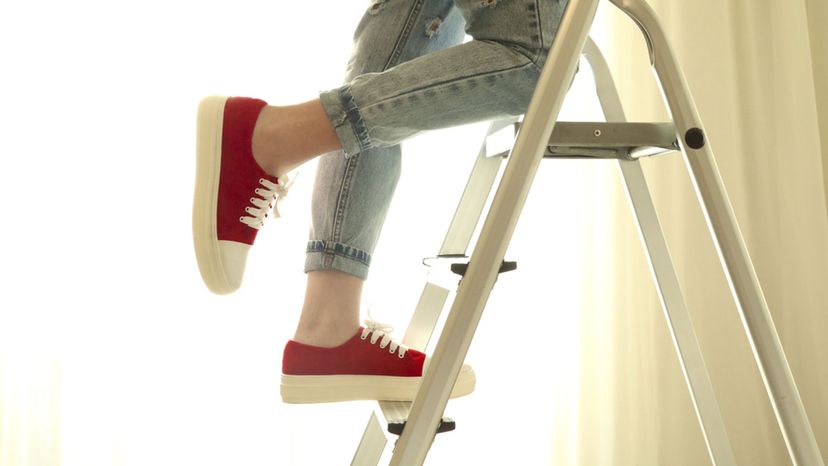
Much of a handyman's work requires some form of ladder. Whether you're installing a drop ceiling, replacing trim or cleaning the gutters, you'll need a good quality ladder to allow you to reach the work area. Consider an extension ladder that can be used in a variety of jobs, or invest in several different sizes to meet the needs of different projects.

Before the nail gun, every single nail was hammered in by hand. Today, nail guns make quick work of installing nails in roofs, decks or flooring.
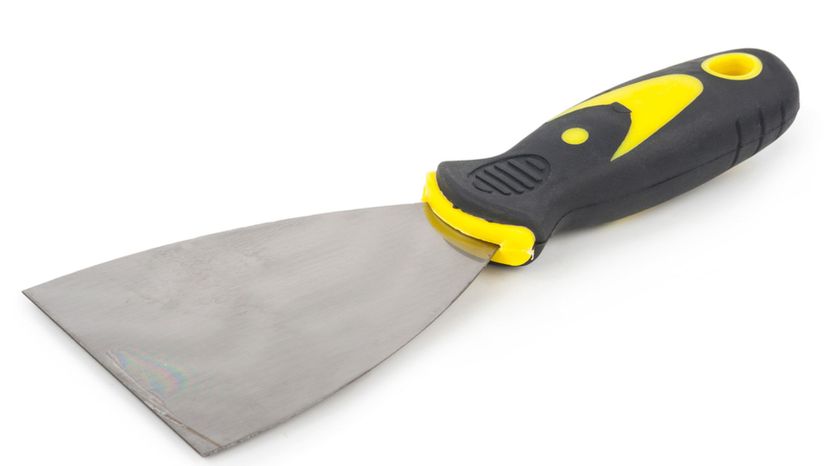
Traditionally, a putty knife was used to apply putty when glazing windows. Today, the term applies to any flexible knife, including those used to apply plaster, glue and drywall compound.
Advertisement

A crowbar is a useful multi-purpose tool for any handyman. It features a groove at either end for prying nails, and its design makes it useful for prying up old countertops or removing big rocks while digging.
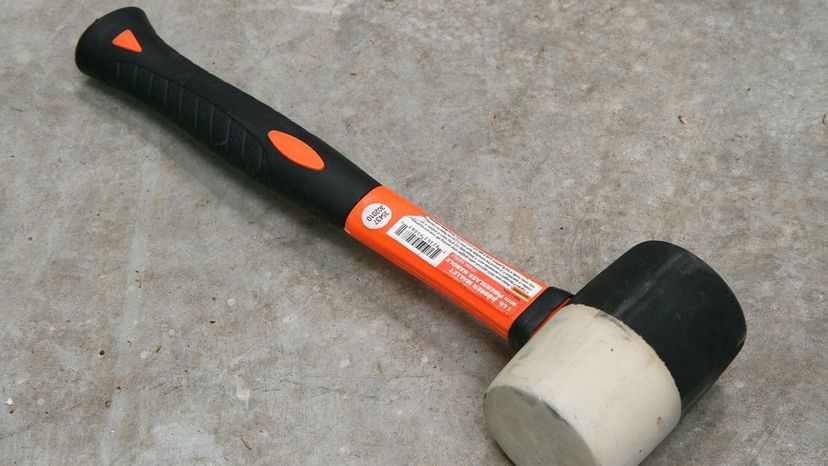
A rubber mallet is a type of hammer with a short handle and a soft head. It can be used to drive or apply force without damaging the item you are striking -- such as forcing sections of wooden floor to lock together without damaging the wood.

A staple gun can be used to rapidly install staples in insulation, building wrap or flooring. These tools come in manual, electric and pneumatic versions to meet the needs of different users.
Advertisement

A metal file looks like an oversized nail file. It can be used to smooth rough edges or remove burrs and metal splinters.
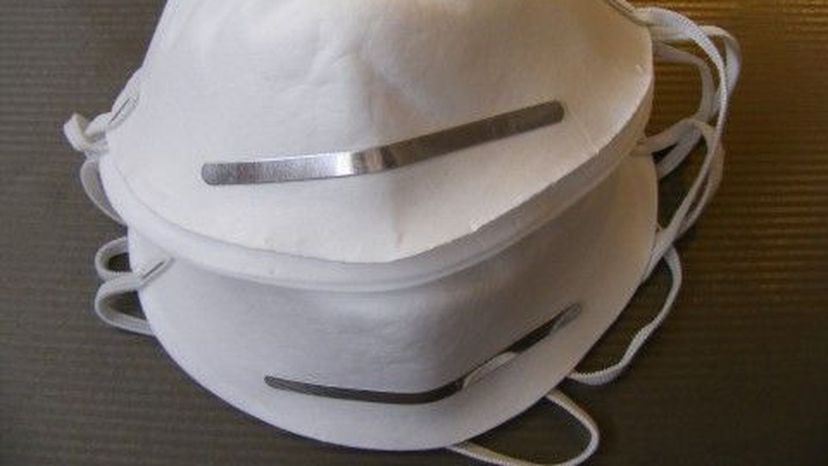
There are all kinds of things you may encounter while working that you really want to keep out of your lungs. A basic dust mask will keep out particulates, but you'll need a respirator for gases and vapors.